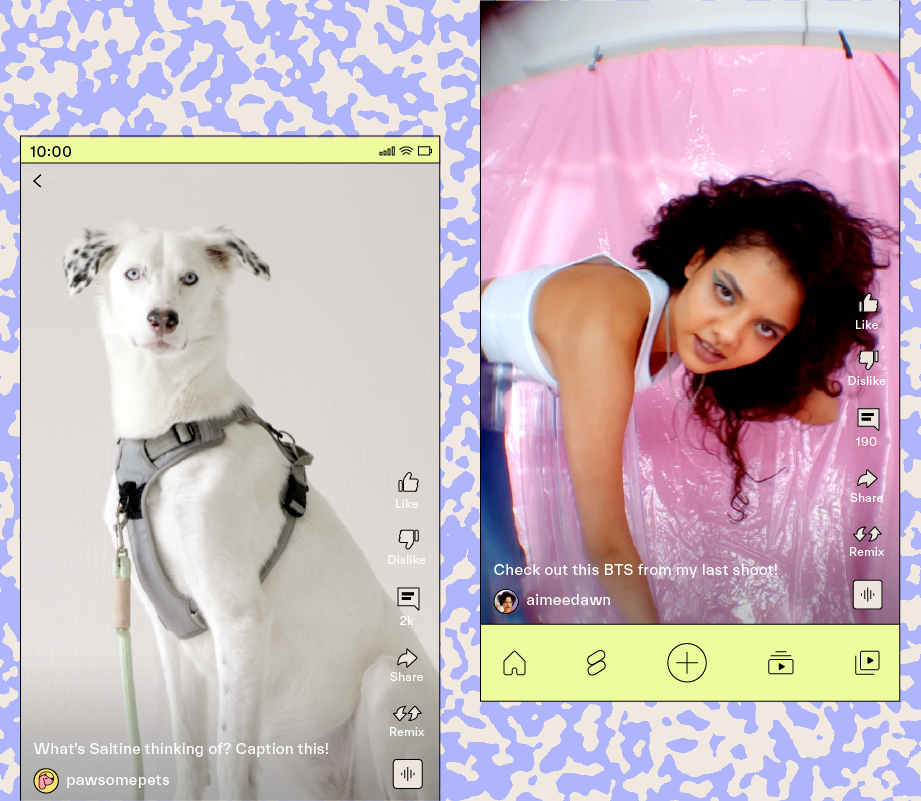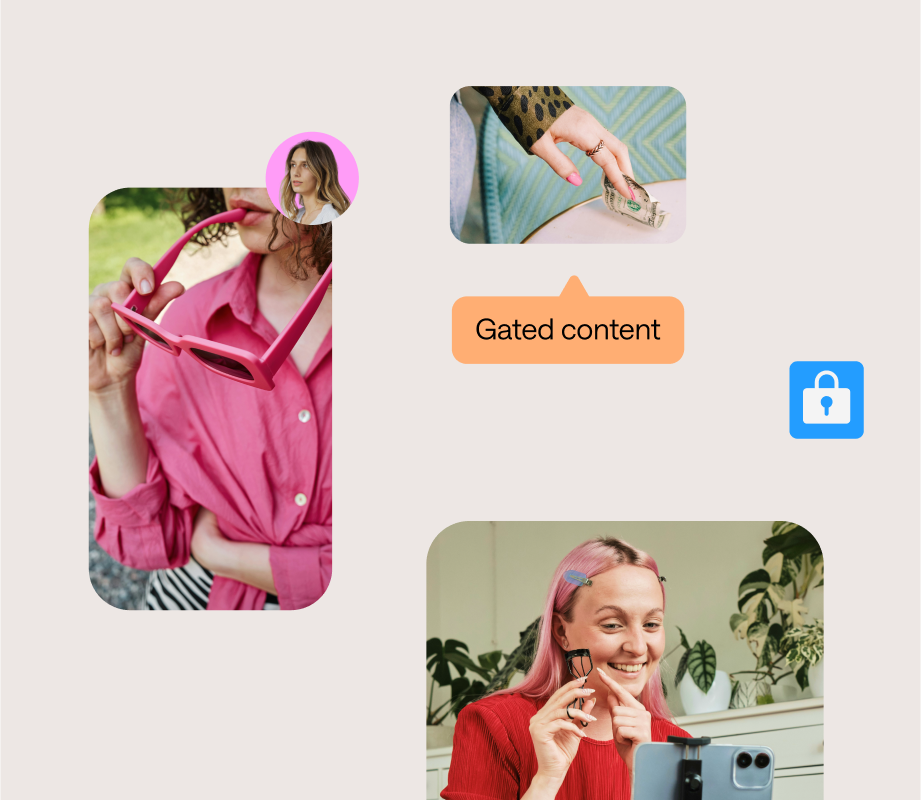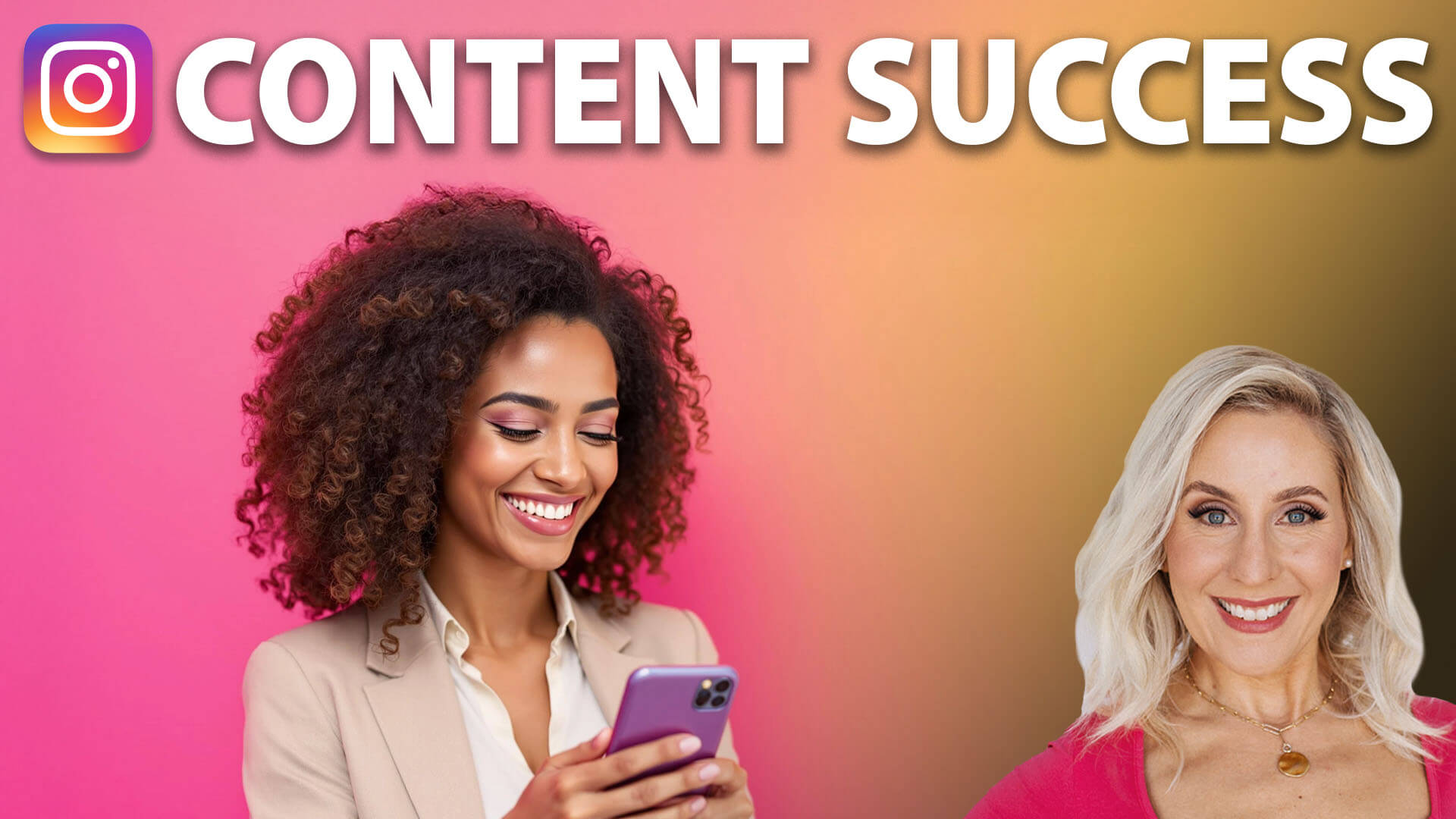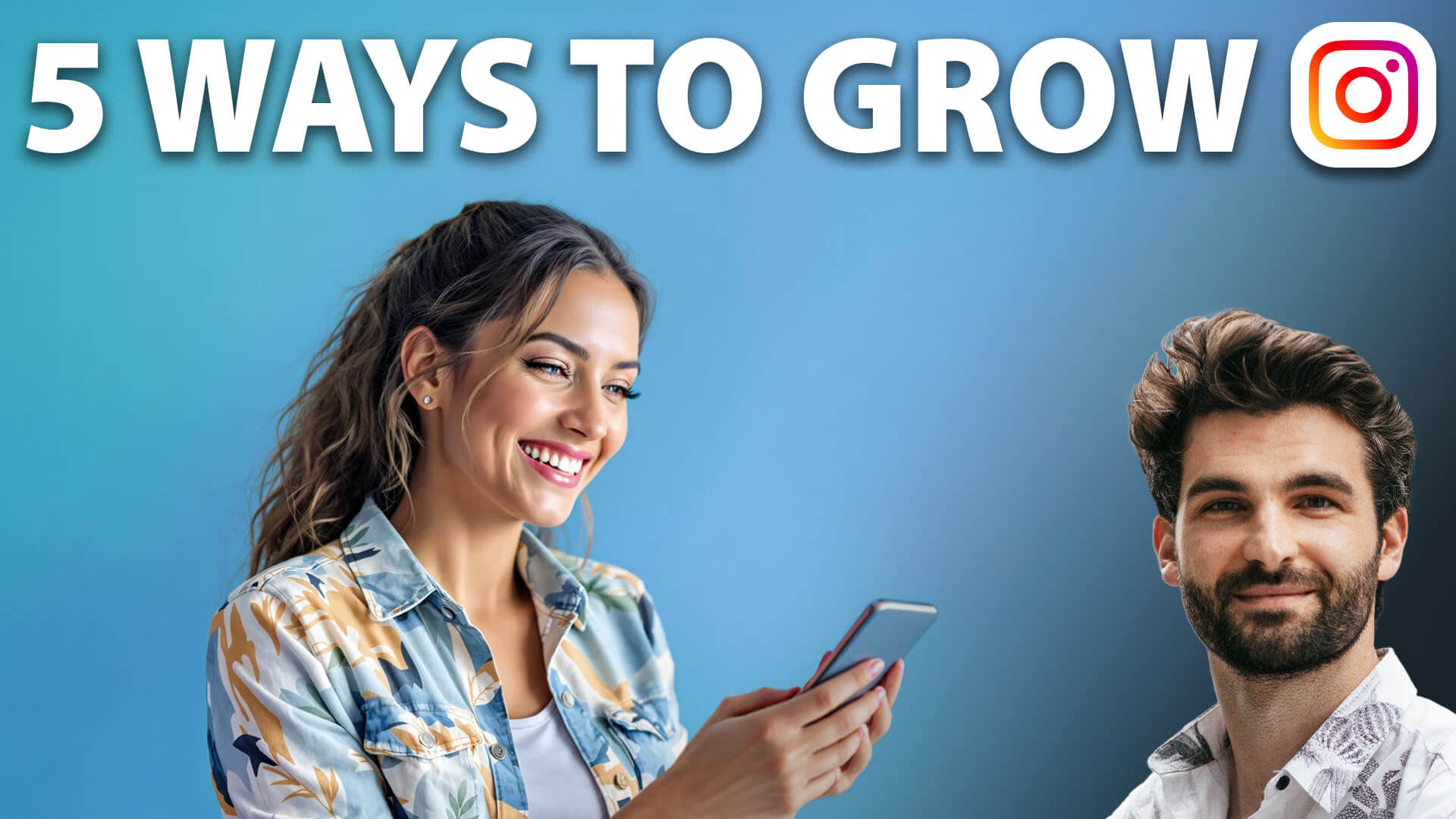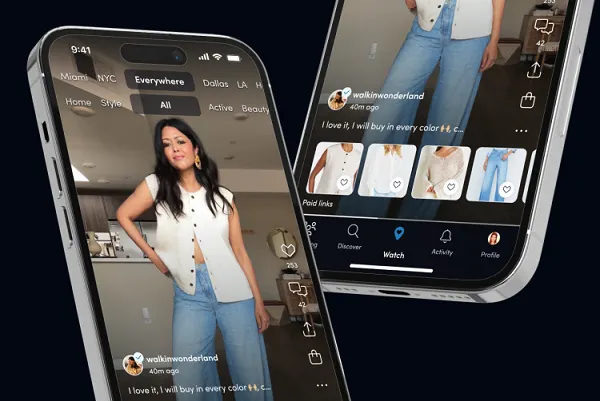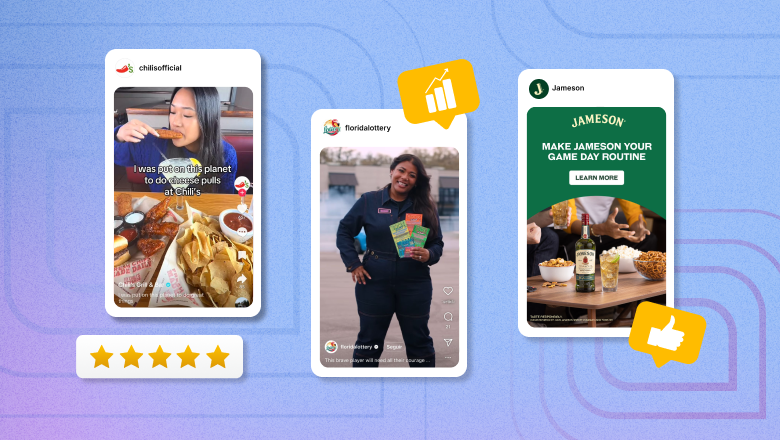Instagram vs YouTube Influencers: Which Platform Moves the Needle for Your Brand?
When it comes to influencer marketing, two platforms consistently lead the pack: Instagram and YouTube.... The post Instagram vs YouTube Influencers: Which Platform Moves the Needle for Your Brand? appeared first on Social Media Explorer.

When it comes to influencer marketing, two platforms consistently lead the pack: Instagram and YouTube. Both are home to massive audiences, creative content, and highly engaged communities—but they’re not interchangeable.
Each one offers a different kind of influence. So how do you decide which platform works harder for your brand?
It starts with understanding what each one does best—and how those strengths align with your goals. Let’s break it down.
Understanding the power of influencer-driven marketing
Influencer marketing is meeting audiences where trust already lives.
Today’s consumers scroll past ads without a second thought. But when someone they follow—and trust—talks about a product, they stop and listen. That’s the power influencers hold. And when brands align with the right creators, that influence turns into measurable impact.
But not all influence looks the same. Some creators thrive in short-form bursts. Others shine when they’re given time and space to unpack a story. Some speak to fashion-forward teens. Others command the attention of busy parents or niche hobbyists. The platform they use shapes not just the message, but how that message is received.
That’s why choosing the right platform matters just as much as choosing the right influencer. Whether you’re launching a new product, building long-term loyalty, or trying to spark viral awareness, the medium you choose shapes the outcome.
Before you start scrolling through creator profiles, pause and think: how does your audience want to be spoken to? That’s the real starting point.
When Instagram influencers work best for your brand
Instagram is built on beauty, balance, and visual storytelling. Influencers on the platform don’t just post—they design. Every photo, filter, and grid layout is curated to catch attention mid-scroll and create a consistent brand presence.
For businesses with products that shine in images—think fashion, beauty, food, travel—Instagram is a natural fit. It’s where aesthetics meet aspiration.
Reels, Stories, and the age of micro-content
Instagram’s real power lies in its micro-content features. Reels and Stories have changed the way users consume information—quick, casual, and addictive.
Influencers use these formats to offer behind-the-scenes moments, product demos, daily habits, and quick tips. It’s authentic, fast-paced, and perfect for sparking interest without demanding a lot of time from the viewer.
Instant impact and daily touchpoints
Unlike platforms that rely on longer content cycles, Instagram moves quickly. Influencers can post multiple times a day without overwhelming their followers.
That means more frequent exposure to your brand—through posts, tags, mentions, and story features. It creates an ongoing presence without the fatigue.
Built-in appeal for Gen Z and millennials
Younger audiences—especially Gen Z and millennials—live on Instagram. They follow influencers not just for inspiration but for guidance on what to try, buy, and believe in.
If your brand is targeting digital natives or visually-driven communities, this is where conversations happen in real time. These users value quick content, relatability, and stylish authenticity.
Shopping tools that turn attention into sales
Instagram has become a built-in storefront. With product tags, in-app checkout, and clickable links in Stories, influencers can drive their audience from interest to purchase in seconds.
This makes it easier for brands to track conversions and link content directly to revenue—not just awareness.
Where YouTube influencers excel
YouTube is where attention spans stretch. Influencers can take their time—showing, explaining, and reviewing products in full context. This format works especially well for tech, wellness, education, and high-consideration purchases where details matter.
A five-minute video is a pitch, a testimonial, and a tutorial wrapped into one.
More loyal, invested audiences
YouTube audiences don’t stumble into videos the same way they do on Instagram. They search for them. They choose to watch—and often, they watch to the end.
That intent builds loyalty. Followers aren’t just passive viewers but fans who show up regularly, subscribe, comment, and trust what the creator says.
Seamless product integration with story arcs
Influencers on YouTube have room to tell stories. That means your product isn’t forced into a frame—it becomes part of the narrative.
Whether it’s a routine, a how-to, or a day-in-the-life vlog, integrations feel natural. Viewers walk away with context, not just a shoutout.
Bigger budgets, better productions
YouTube monetization gives creators more breathing room. Many invest in better lighting, scripting, editing, and visuals. That production value often translates to stronger brand storytelling and higher audience engagement.
If you’re aiming for quality over quantity, YouTube delivers.
Evergreen content and searchable influence
YouTube content sticks around. Videos continue getting views long after they’re posted, thanks to searchability and algorithmic recommendations.
This gives your brand long-term visibility. A well-placed product mention in a video from six months ago can still convert new customers today.
Key questions to ask before choosing a platform
What format fits your product best?
Not all products belong in the same spotlight. If your offering is something people need to see, wear, or visualize in their lifestyle—Instagram delivers on aesthetics. Think skincare, fashion, home décor, or food.
But if your product needs explanation, demonstration, or comparison—YouTube gives you room to do it justice. Tech, fitness equipment, online services, and anything complex performs better when there’s time to unpack the value.
Who exactly are you trying to reach?
Demographics matter. Instagram trends younger, with a heavy concentration of millennials and Gen Z. If your brand speaks their visual, fast-paced language, Instagram influencers are your best bet.
YouTube spans wider. It pulls in every generation—from DIY dads and gamers to wellness seekers and finance learners. If you’re targeting a broader or more niche audience that actively seeks information, YouTube wins on reach and intent.
Are you aiming for fast exposure or long-term influence?
Instagram is a flashbulb—it’s perfect for launches, drops, and buzz-building. It creates quick traction and brand momentum.
YouTube is a slow burn. It builds credibility, educates buyers, and sustains interest over time. If your marketing strategy is focused on depth, trust, or thought leadership, YouTube is where that happens.
Do you need sales now—or visibility first?
Instagram’s in-app shopping makes it easy to drive impulse purchases. With the right influencer, one reel can move inventory.
YouTube leans toward pre-purchase education. It’s where people go before making a bigger buying decision. The path to conversion may take longer—but it’s often more committed.
Should you combine both Instagram and YouTube?
Relying on just one platform limits your reach. Audiences interact differently across channels—and brands that meet them in multiple places tend to win.
Instagram is excellent for first impressions. A well-crafted post or Reel can spark curiosity, drive immediate clicks, and plant your brand in someone’s daily scroll. It’s a discovery engine, a style guide, and a virtual storefront.
But curiosity only goes so far.
YouTube picks up where Instagram leaves off. Once someone is interested, they’ll often search for more—and that’s where long-form content delivers. YouTube videos let creators explain, compare, and unpack your product in a way that reinforces value and earns trust.
The smartest influencer campaigns use both.
An Instagram post teases. A YouTube video tells the full story. One builds hype; the other builds confidence.
And when the messaging is coordinated across both? You get a campaign that moves people through every stage of the funnel—from interest to purchase—with consistency and clarity.
Final word: choose for strategy, not just trend
Choosing between Instagram influencers vs YouTube influencers shouldn’t come down to what’s trending this quarter. It should come down to how your audience thinks, shops, and makes decisions.
Start with clarity. Are you trying to create buzz or build trust? Do you need fast clicks or lasting visibility? Are you selling a visual lifestyle or a solution that needs explanation?
Once you have those answers, the right platform choice becomes obvious. And sometimes, it’s not a choice at all—it’s a combination.
Instagram gets attention. YouTube earns it. One starts the conversation, the other keeps it going. If you want both reach and results, it’s time to treat influencer marketing like the serious growth strategy it is—not a quick win or a branding experiment.
Need help turning that strategy into action?
Trelexa works with brands to build influencer campaigns that go beyond surface-level results. Whether you’re launching on Instagram, YouTube, or both, we help you connect with the right creators, shape authentic stories, and drive ROI you can track.
Let’s build influence where it matters!
The post Instagram vs YouTube Influencers: Which Platform Moves the Needle for Your Brand? appeared first on Social Media Explorer.


_1.jpg)












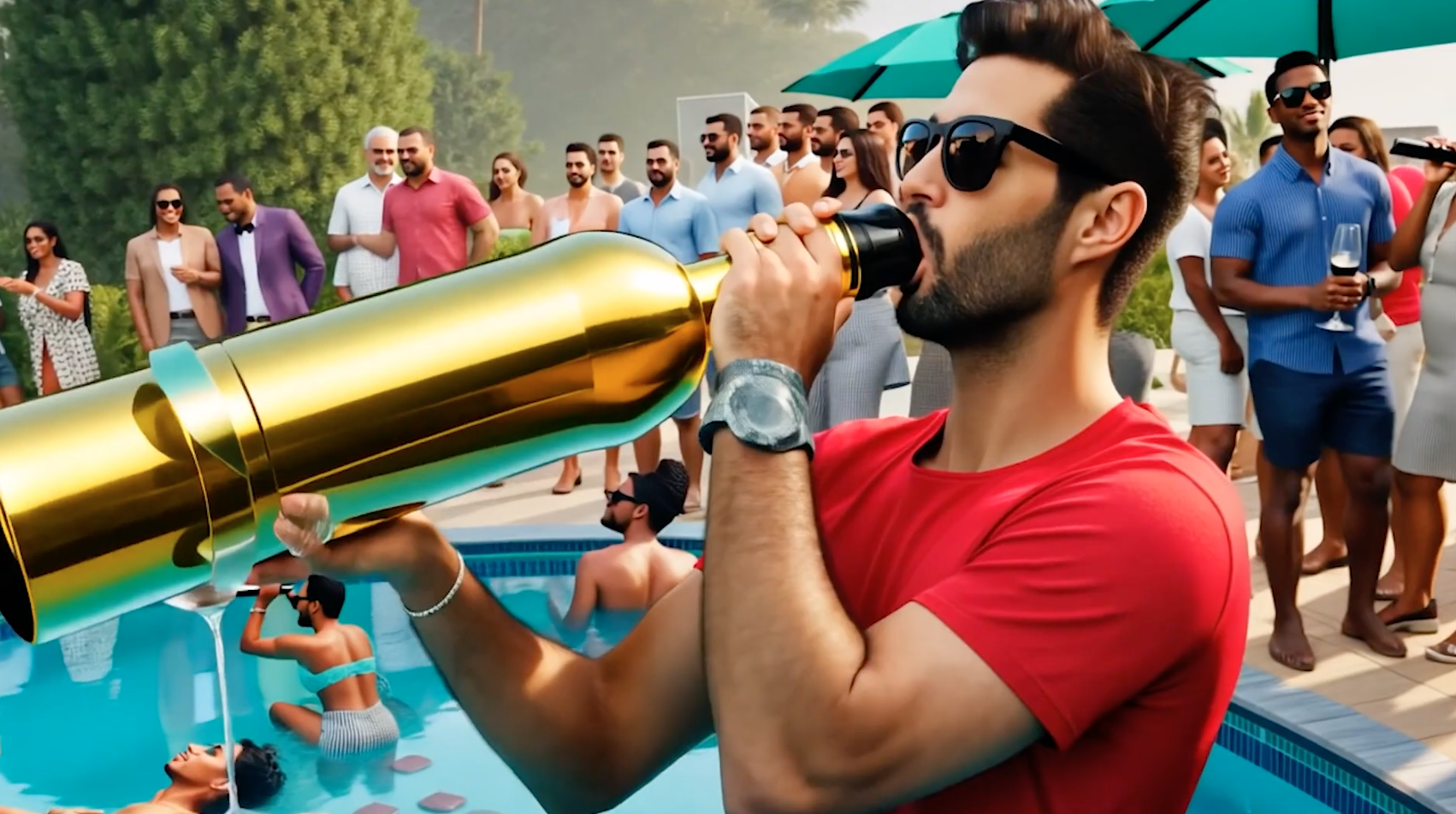

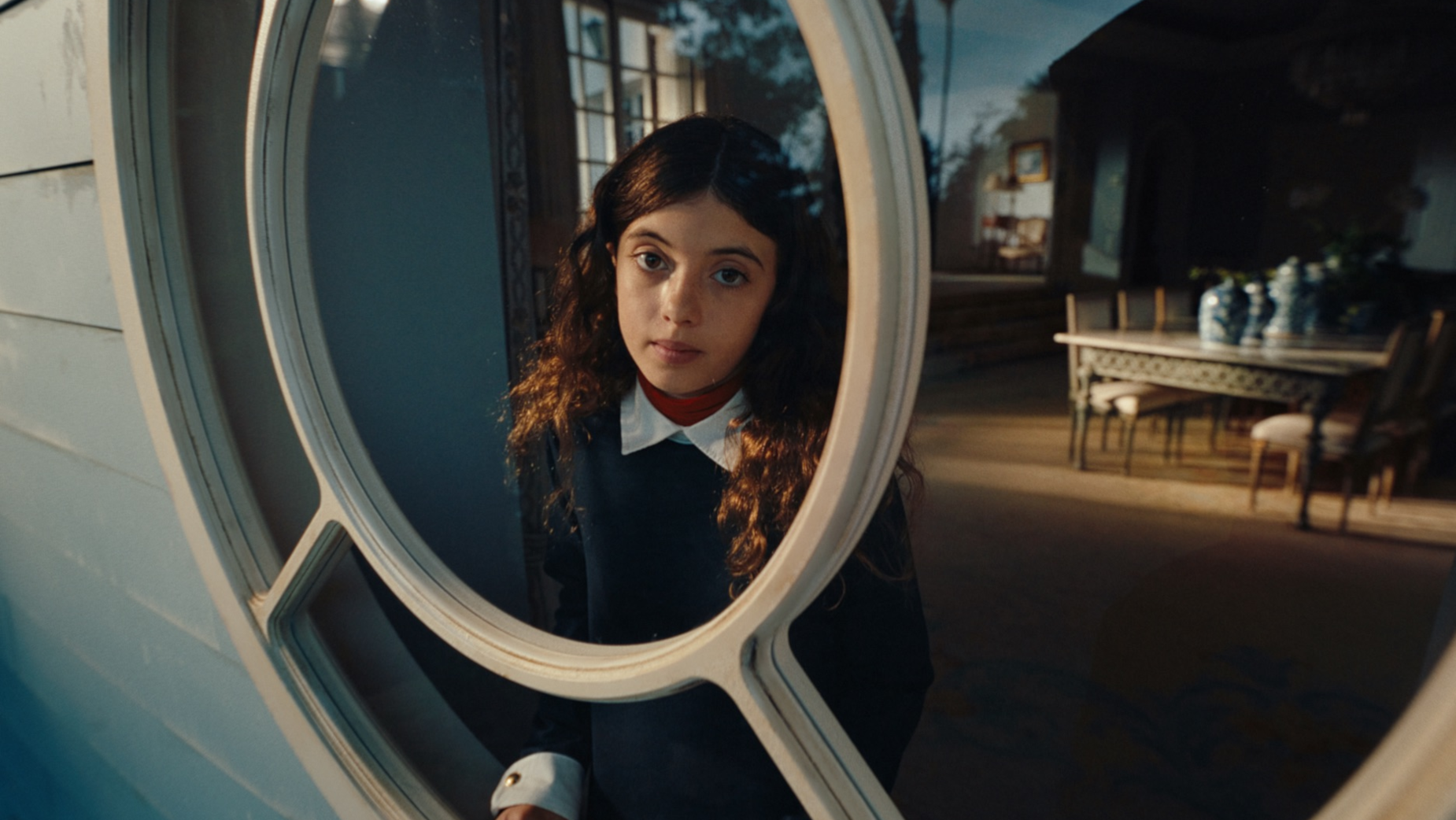

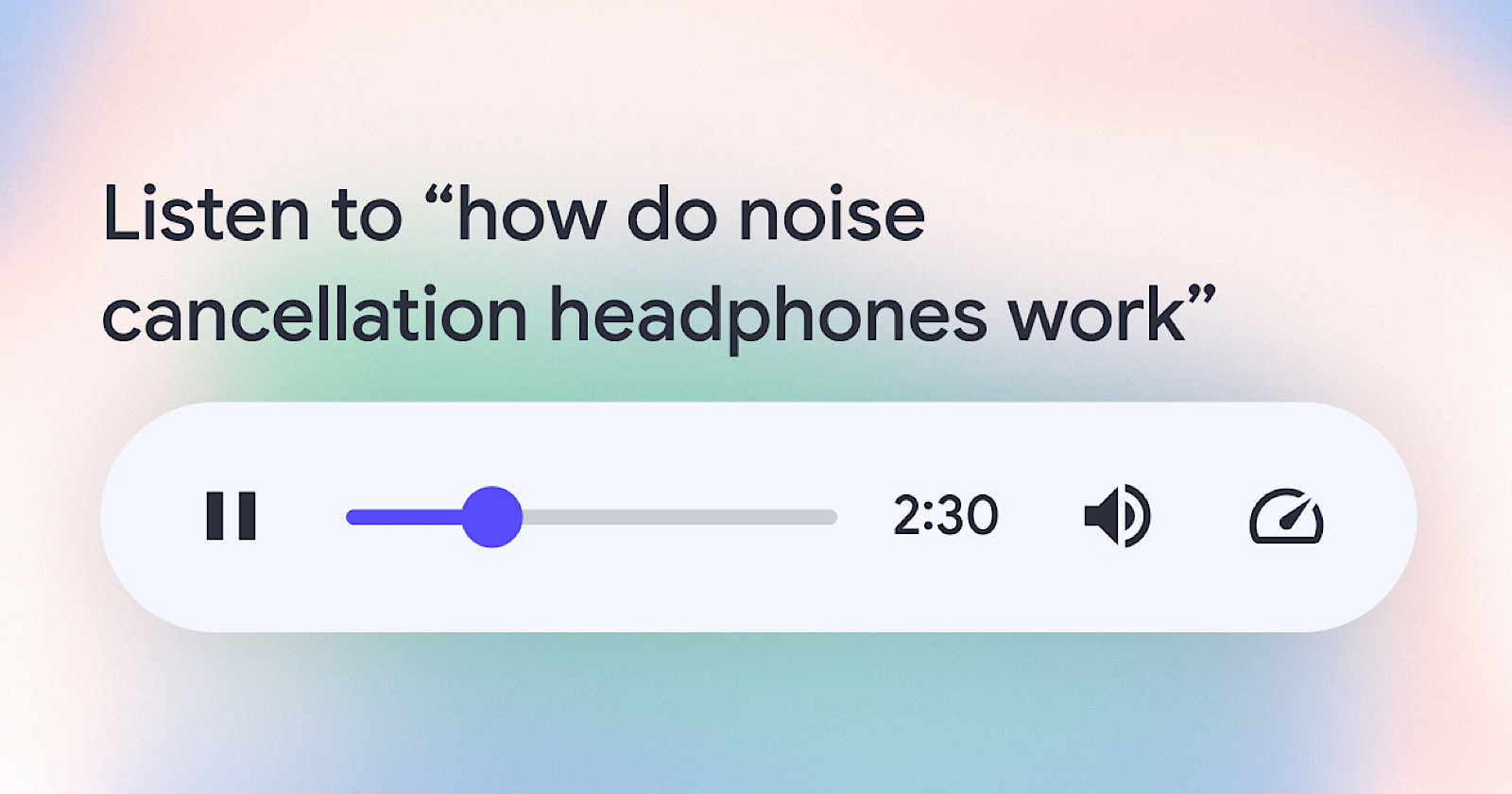

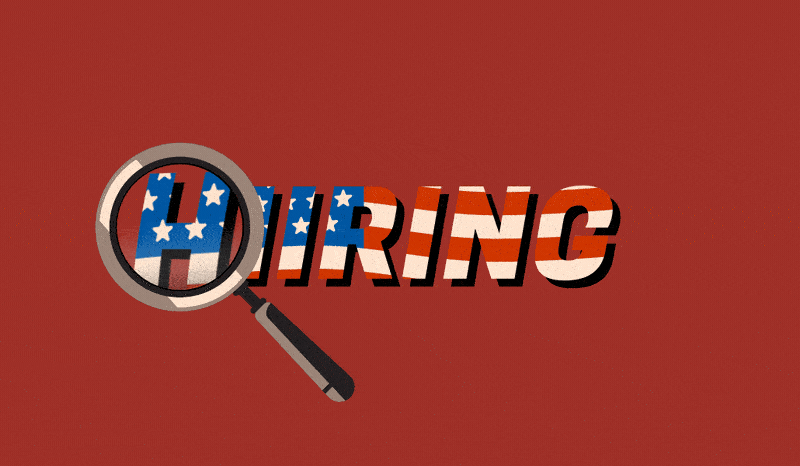


![Brand and SEO Sitting on a Tree: K-I-S-S-I-N-G [Mozcon 2025 Speaker Series]](https://moz.com/images/blog/banners/Mozcon2025_SpeakerBlogHeader_1180x400_LidiaInfante_London.png?auto=compress,format&fit=crop&dm=1749465874&s=56275e60eb1f4363767c42d318c4ef4a#)

![How To Launch, Grow, and Scale a Community That Supports Your Brand [MozCon 2025 Speaker Series]](https://moz.com/images/blog/banners/Mozcon2025_SpeakerBlogHeader_1180x400_Areej-abuali_London.png?auto=compress,format&fit=crop&dm=1747732165&s=beb7825c980a8c74f9a756ec91c8d68b#)
![Clicks Don’t Pay the Bills: Use This Audit Framework To Prove Content Revenue [Mozcon 2025 Speaker Series]](https://moz.com/images/blog/banners/Mozcon2025_SpeakerBlogHeader_1180x400_Hellen_London.png?auto=compress,format&fit=crop&dm=1747758249&s=9f3c5b1b7421f862beace1cb513053bb#)

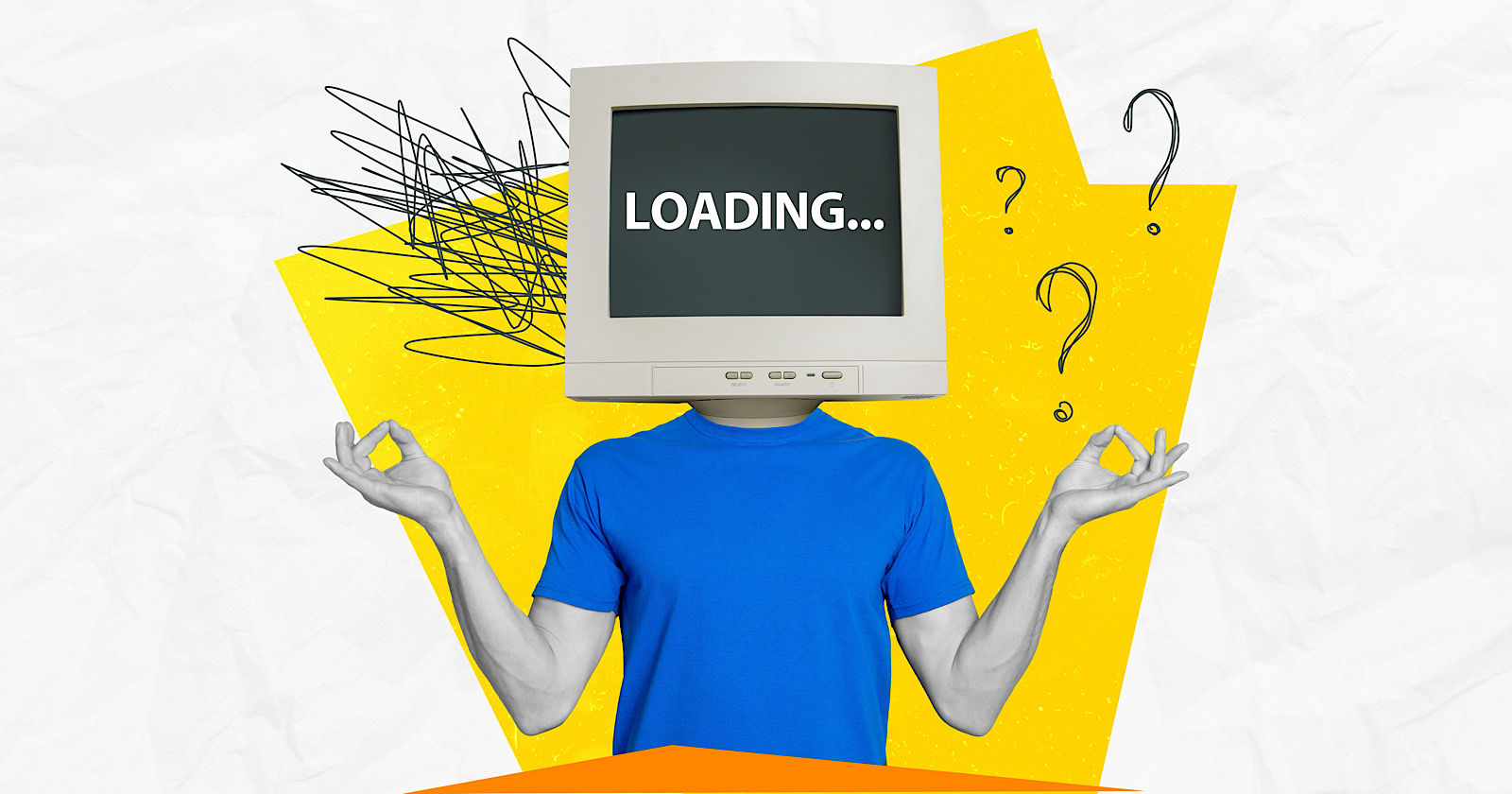









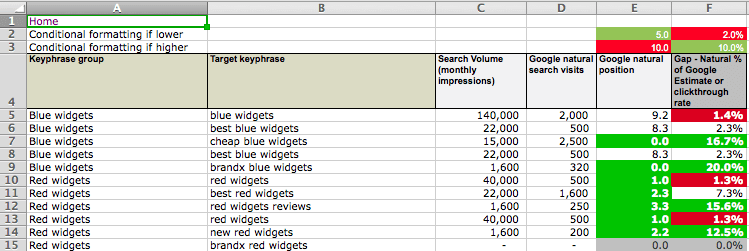
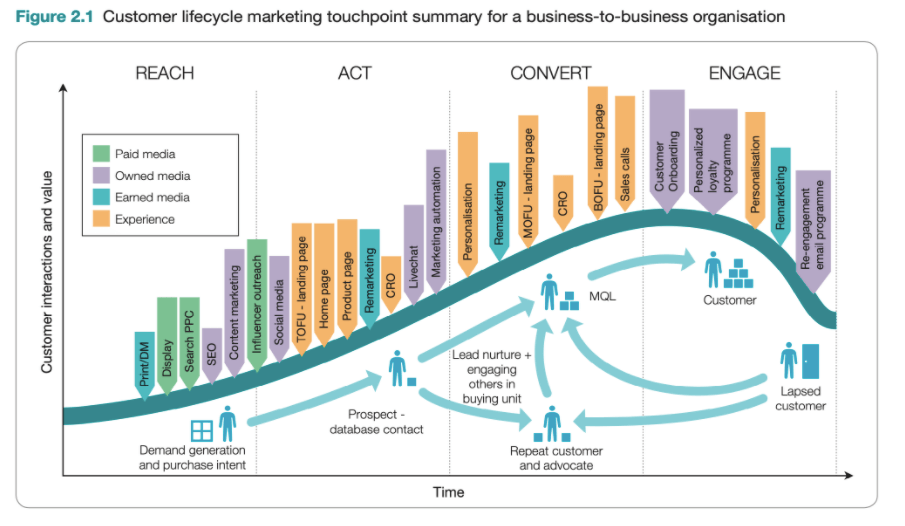











![The 11 Best Landing Page Builder Software Tools [2025]](https://www.growthmarketingpro.com/wp-content/uploads/2024/04/best-landing-page-software-hero-image-1024x618.png?#)




































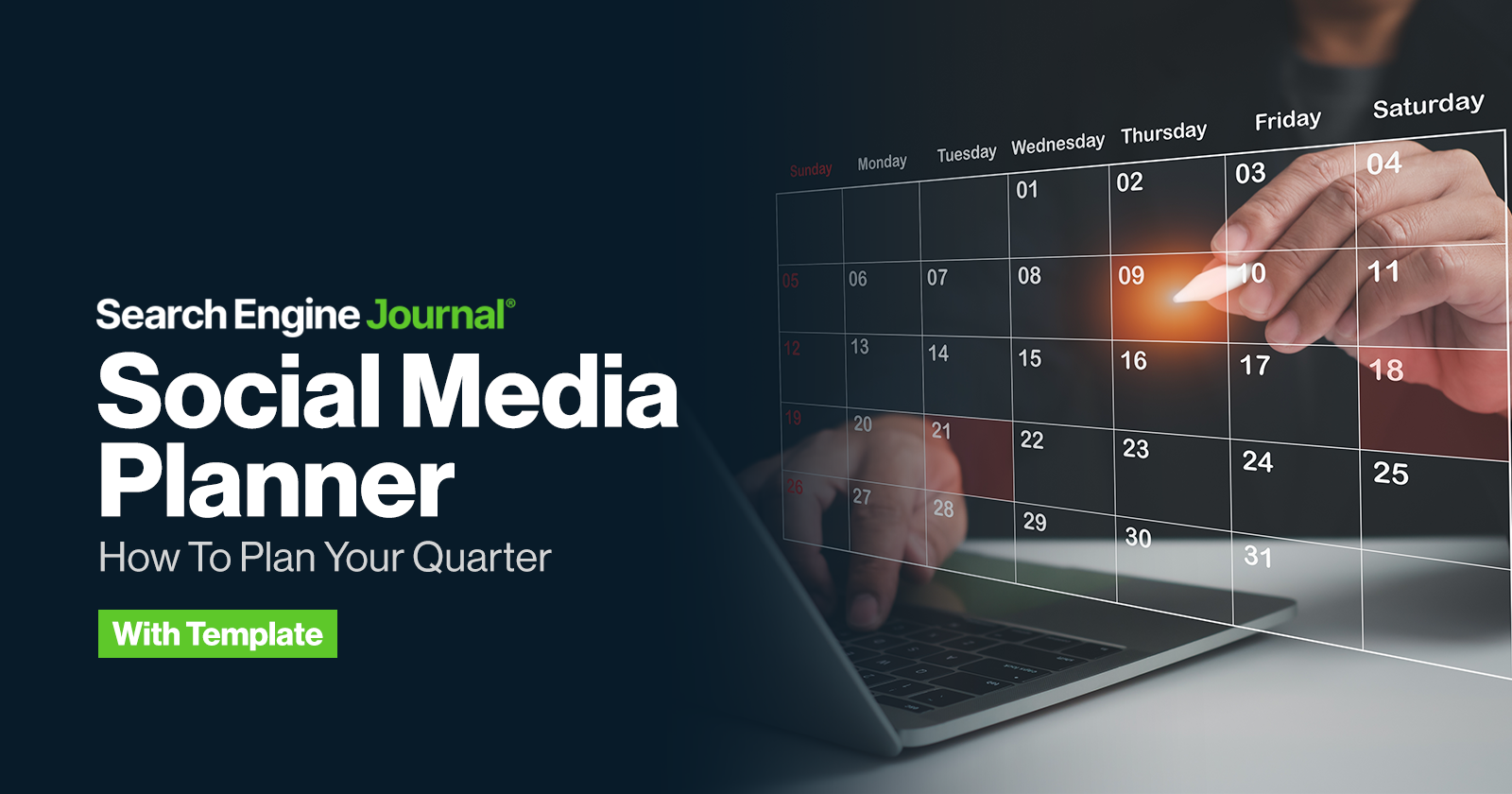


![How To Build AI Tools To Automate Your SEO Workflows [MozCon 2025 Speaker Series]](https://moz.com/images/blog/banners/Mozcon2025_SpeakerBlogHeader_1180x400_Andrew_London-1.png?auto=compress,format&fit=crop&dm=1749642474&s=7897686f91f4e22a1f5191ea07414026#)



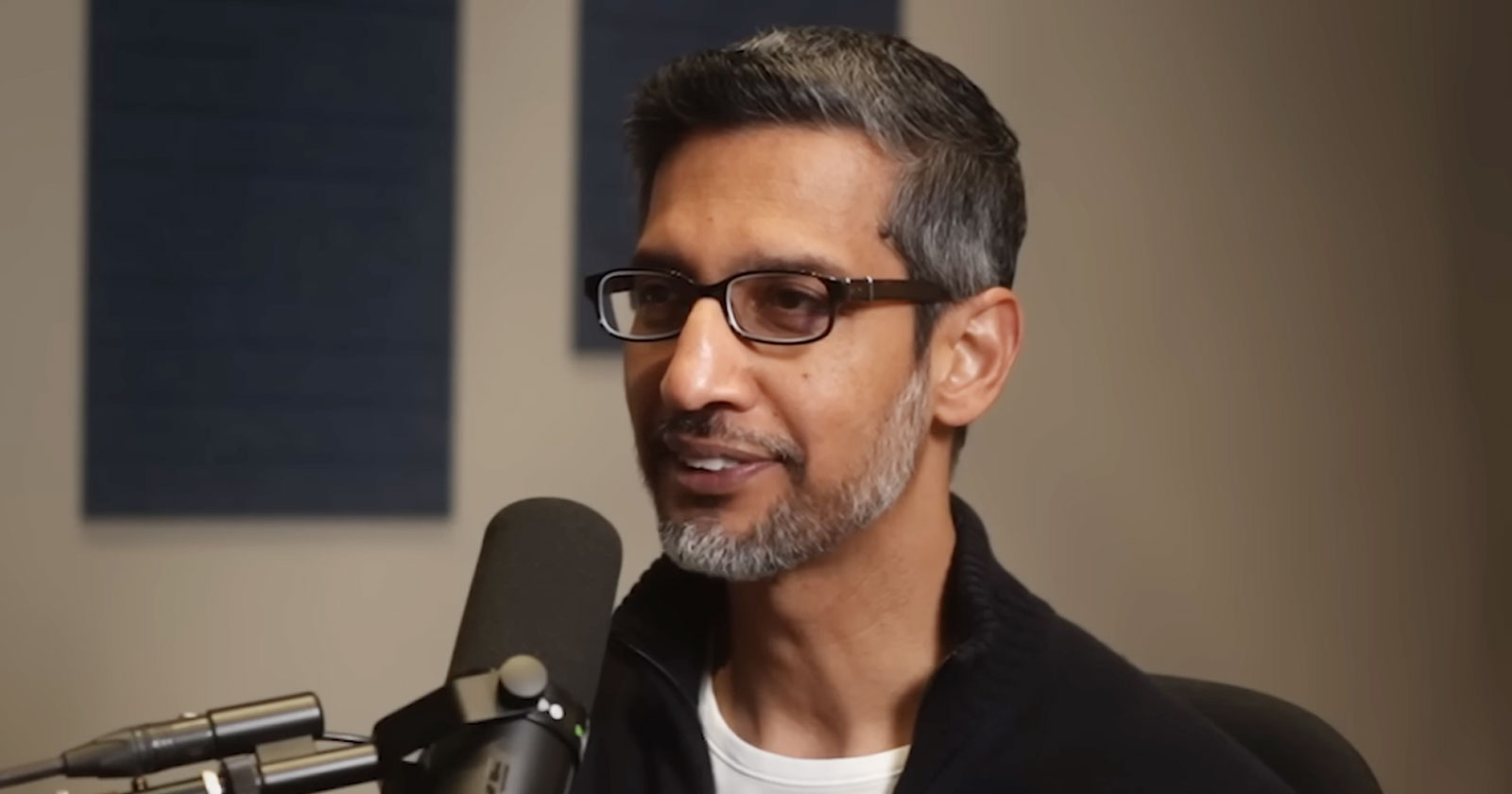
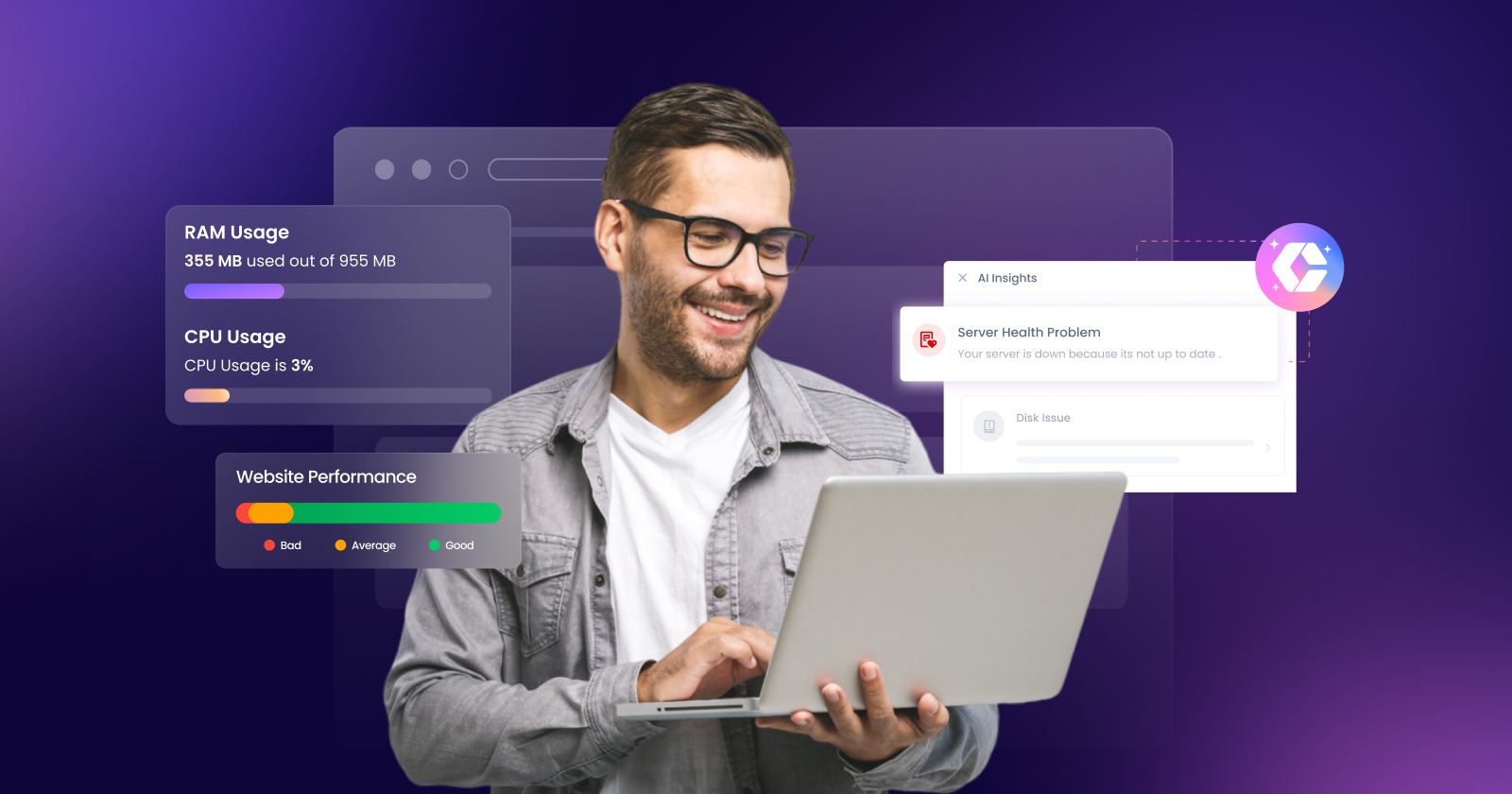
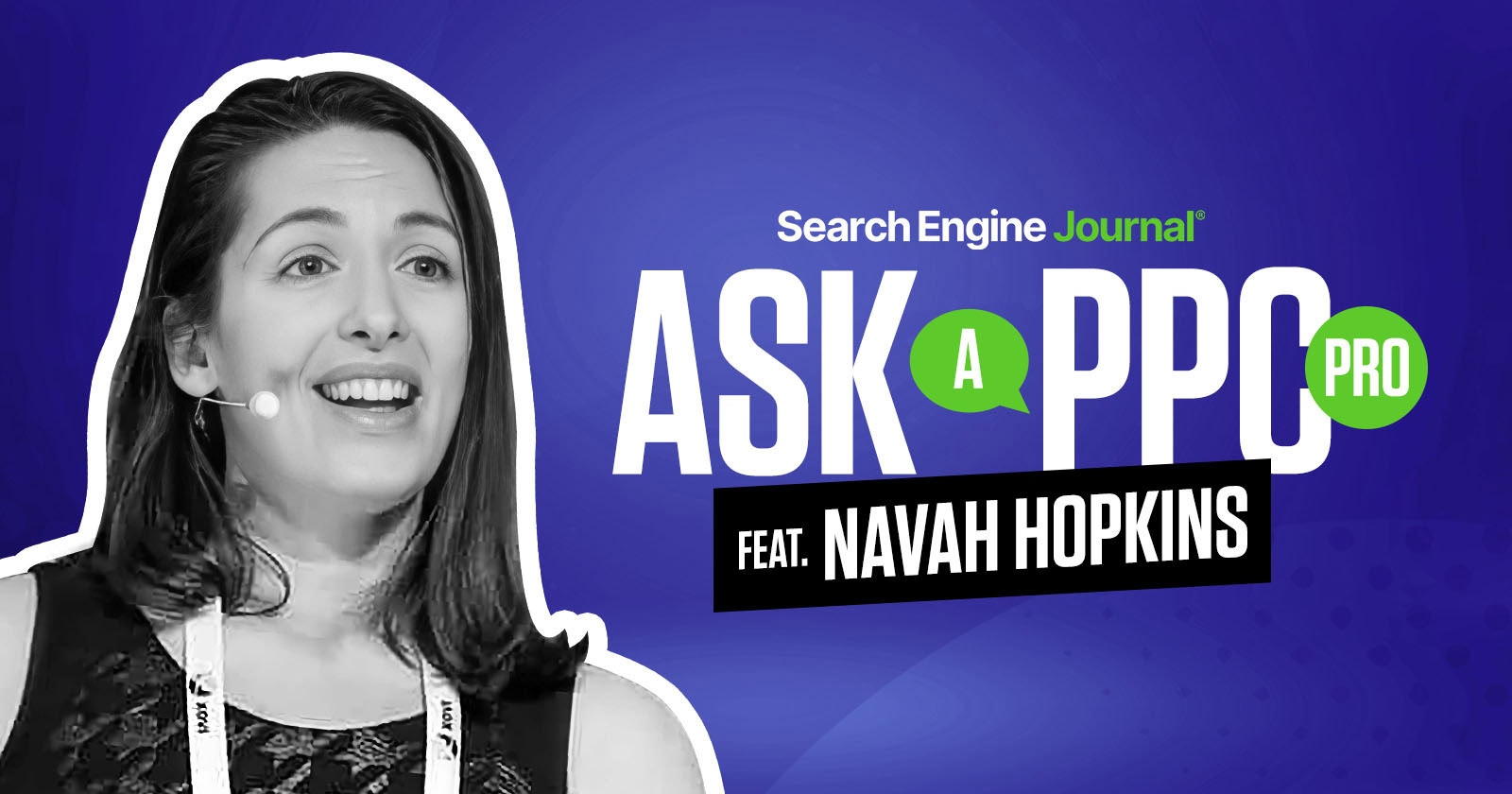





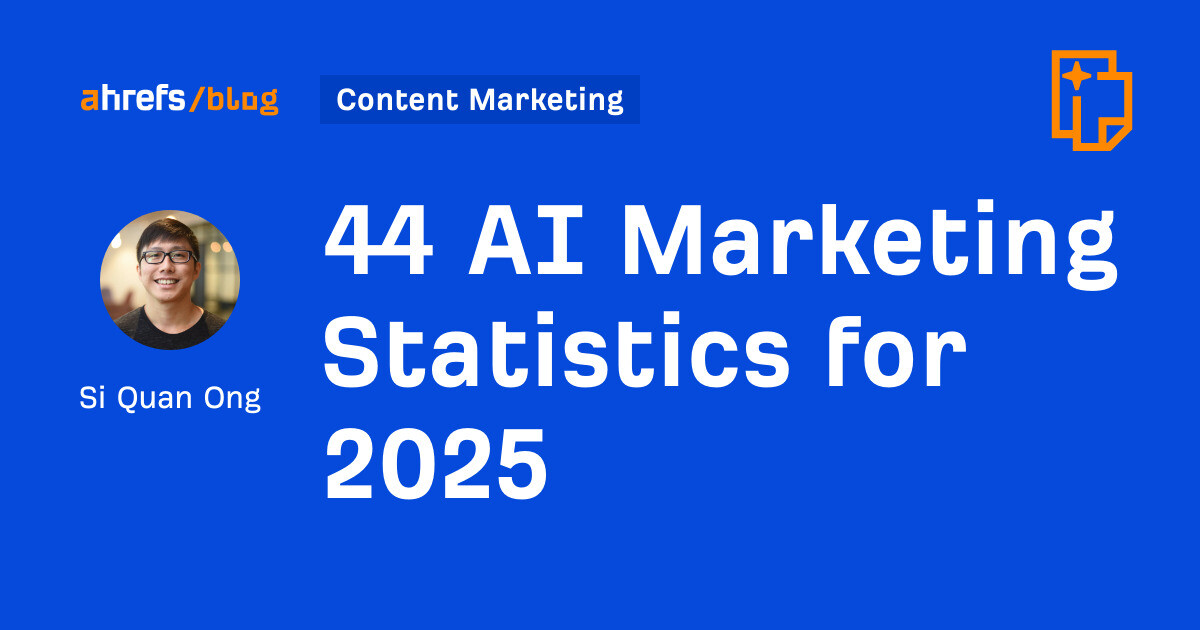
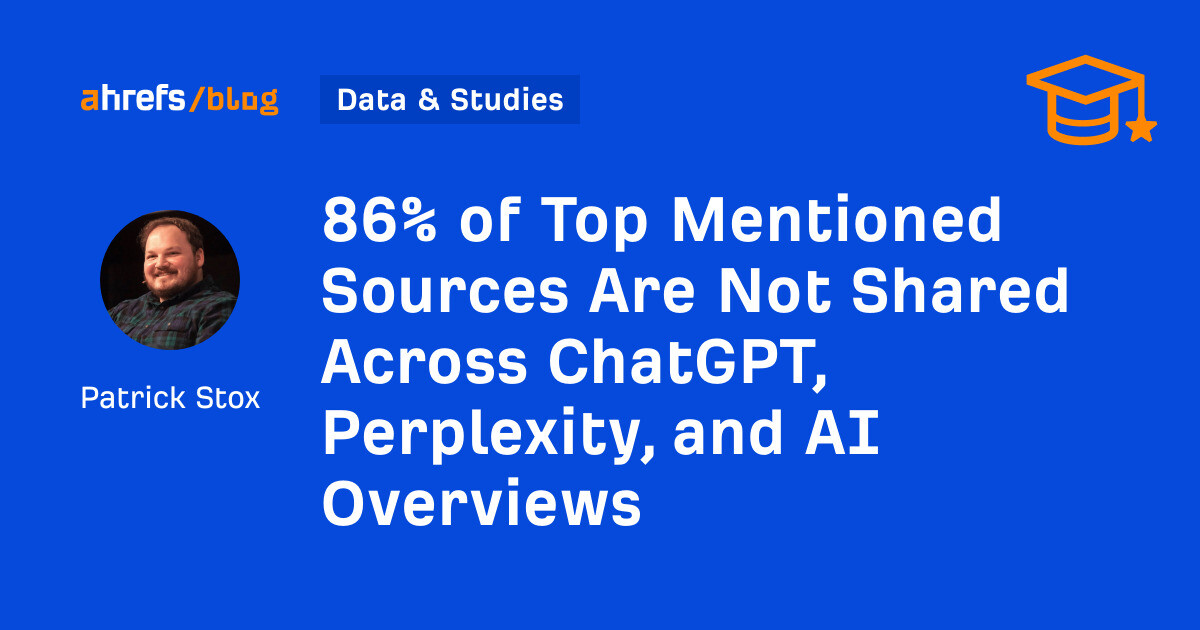
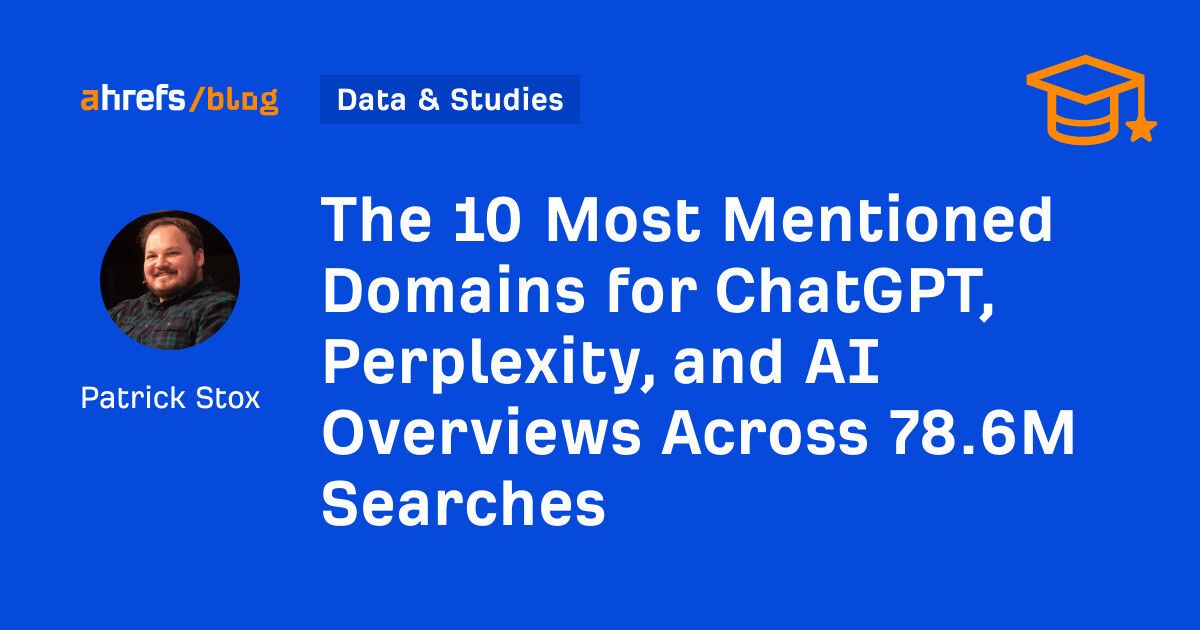
![Marketers Using AI Publish 42% More Content [+ New Research Report]](https://ahrefs.com/blog/wp-content/uploads/2025/06/marketers-using-ai-publish-42-more-by-ryan-law-data-studies-1.jpg)

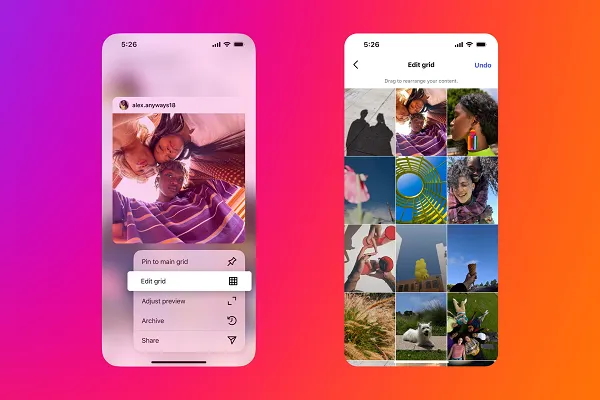
![X Highlights Back-To-School Marketing Opportunities [Infographic]](https://imgproxy.divecdn.com/dM1TxaOzbLu_kb9YjLpd7P_E_B_FkFsuKp2uSGPS5i8/g:ce/rs:fit:770:435/Z3M6Ly9kaXZlc2l0ZS1zdG9yYWdlL2RpdmVpbWFnZS94X2JhY2tfdG9fc2Nob29sMi5wbmc=.webp)
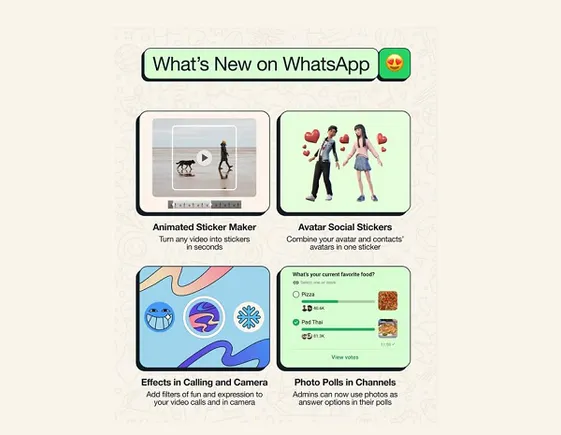








![Brand pitch guide for creators [deck and email templates]](https://blog.hootsuite.com/wp-content/uploads/2022/06/brand-pitch-template.png)



![The HubSpot Blog’s AI Trends for Marketers Report [key findings from 1,000+ marketing pros]](https://www.hubspot.com/hubfs/state-of-AI-1-20240626-53394.webp)
![AI can boost conversions from your web page — HubSpot’s CMO shows you how [tutorial]](https://knowledge.hubspot.com/hubfs/ai-1-20250605-395473.webp)
![The state of inclusive marketing in 2025 [new data + expert insight]](https://www.hubspot.com/hubfs/inclusive-marketing-report.webp)
